Are you ready for the Messier Marathon challenge 2022?
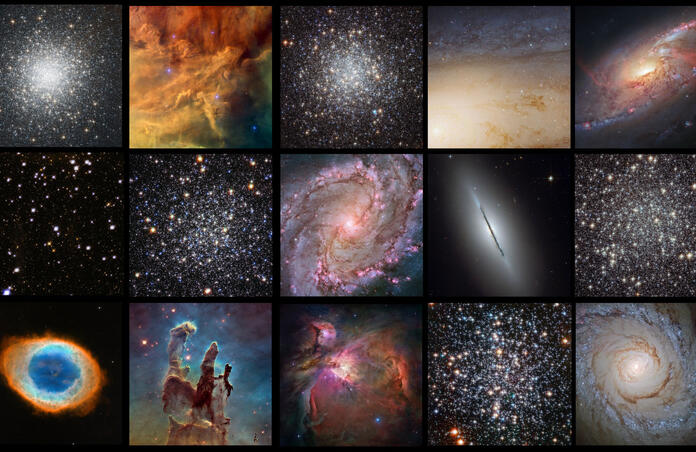
I.e., can you observe 110 nebulae, galaxies, and more, in just one night ?
The tradition of trying to get through the 110 objects of the Messier catalogue in one night dates back to the 1970s and the first successful attempt is believed to have been Gerry Rattley’s in 1985, from Dugas, Arizona. Since then, many amateur astronomers have tried their luck and you can see their accomplishment in the Hall of Fame for this unofficial competition (though you could earn yourself a (still unofficial) Messier certificate to impress your friends).
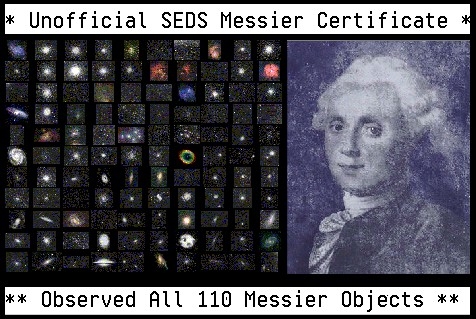
The website that maintains records of these results belongs to the Students for the Exploration and Development of Space (SEDS) organisation, which as the name indicates is an international student body that aims to promote space exploration via various projects and competition. On top of keeping track of results, they provide helpful guidance on how to even start your Messier Marathon, above all informing you what the best date is. For this year, two weekends have been highlighted considering factors like length of night-time and the moon phase: March 5/6 and April 2/3, “with the second one being the slightly preferred opportunity for mid-northern latitudes”.
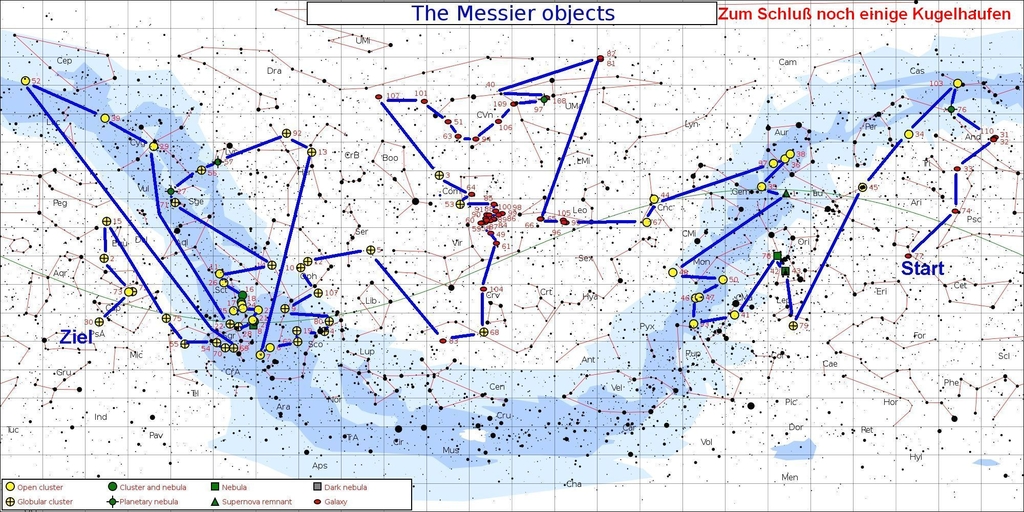
One thing you will notice if you participate (or indulge in pretty space pictures, watching J. G. Moxness’ video compilation for the 2021 run below) is that the Messier catalogue contains a huge diversity of objects, including nebulae, star clusters and galaxies. The reason for such a wide range is that Messier didn’t actually care for any of these deep sky objects – the late 18th century/early 19th century French astronomer wanted to observe comets, and these other objects he and his assistant Méchain catalogued were more of a nuisance to him ! Luckily for them, they were able to find 13 comets during Messier’s career; luckily for us, this remains a convenient compilation of celestial targets for amateur observers in the Northern Hemisphere.
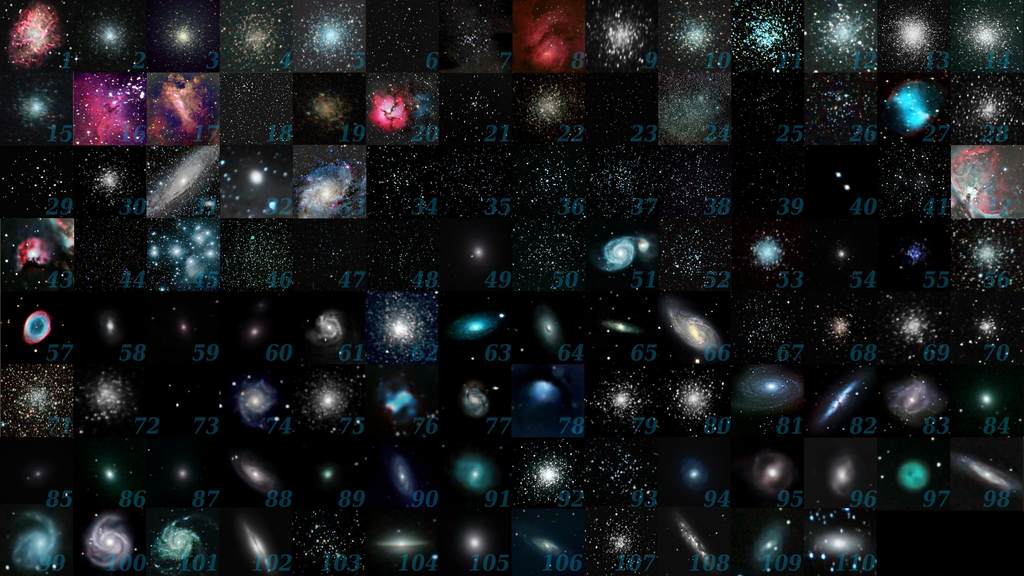
This edition of the Messier Marathon Challenge will mark the 205th anniversary of the astronomer’s death. If you would like to participate under similar conditions as Messier would have been observing, you will have to limit your telescope to a 4-inch aperture and won’t be able to use a computerised system to locate the celestial objects. If you are using a telescope in the Southern Hemisphere, there was a Messier Plus Marathon list developed in the 1980s for observations in September; some Messier objects have been replaced with other nebulae and galaxies from the NGC catalogue to make the task more enjoyable (notably considering their rising and setting times).
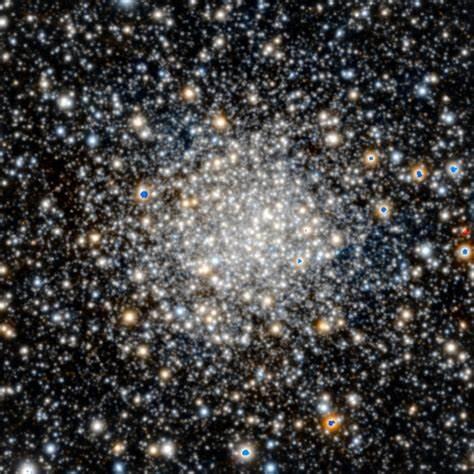
NGC 6712 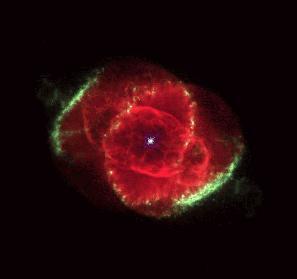
NGC 6543 (Cat Eye) 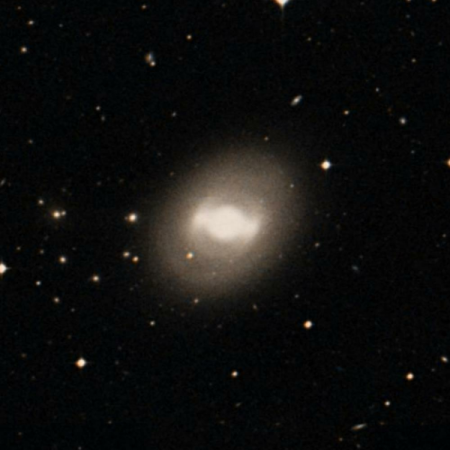
NGC 936
While this last option somewhat answers the criticism that this is a Eurocentric competition, the Challenge has faced more opposition: that rushing through the list in one night doesn’t allow for a serious contemplation of each object. There are many websites that will help you discover each of the Ms, here is a top three:
1. A translation of Messier’s original catalogue and notes
2. The messier-objects.com website, which besides having an extensive description for each object and ways to filter them by Constellation or Object Type, also hosts some general articles about deep-space objects on its homepage
3. The HST’s own Messier (Long-Term) Marathon, with M46 the latest addition in February of this year
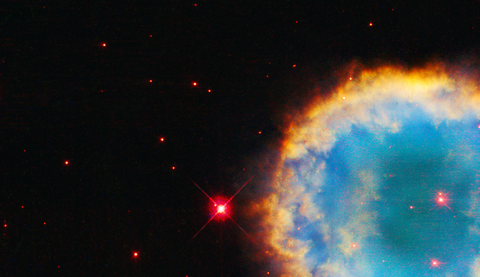
Other astronomers are simply getting tired of the Messier catalogue and have made their own list; M. E. Bakich’s is optimised for the night of the 13th March and is well worth a look.
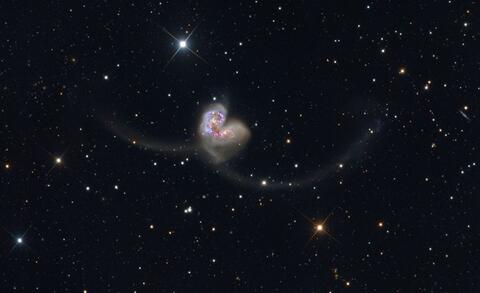
NGC 4038 and NGC 4039 (Antennae Galaxies) 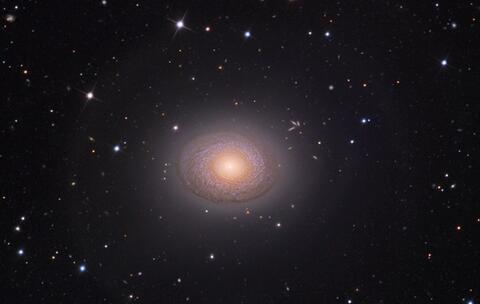
NGC 2775 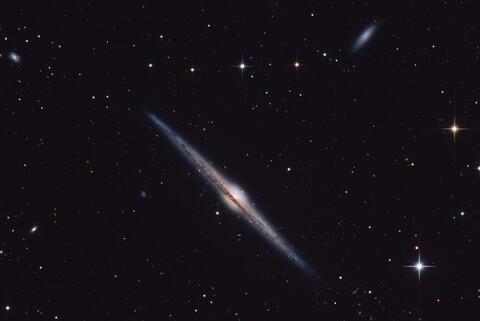
NGC 4565 (Needle Galaxy)
Yet another set of astronomers enjoy adding another group of targets on top of the 110 M’s: they add a planetary challenge to their observing night. For this year unfortunately, Mercury, Jupiter and Neptune will be extremely difficult to capture on either weekend. Still, some comets that may lift your spirits instead are indicated on the SEDS website.
So, how many objects can you observe in one night on March 5th or April 2nd ?
Cover Image: Messier Objects captured by HST, NASA/ESA/Hubble and the Hubble Heritage Team
Image Credits:
1 - Messier Certificate, SEDS
2 - Messier map, J. Cornmell
3 - 100 Messier objects in one night (Video), J. G. Moxness
4 - Messier Compilation, M. A. Phillips
5 - NGC 6712, PanSTARRS DR1/PS1 Science Consortium
6 - Cat Eye Nebula, J. P. Harrington (U. Maryland) & K. J. Borkowski (NCSU)/HST/NASA
7 - NGC 936, DSS2
8 - M46, NASA, ESA, K. Knoll (NASA Goddard) & S. Öttl (Leopold Franzens Universität Innsbruck), et. al.; Processing: Gladys Kober (NASA/Catholic University of America)
9 - Antennae, K. Simon
10 - Flocculent spiral, A. Block/Mount Lemmon Sky Center/University of Arizona
11 - Needle, S. Trudolyubov
